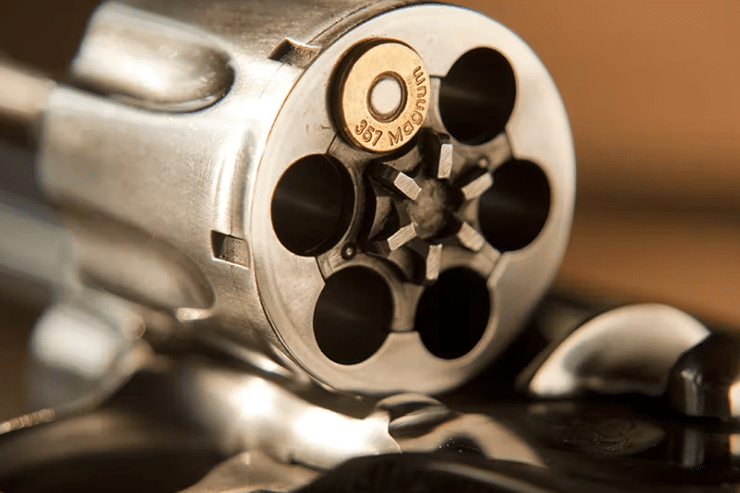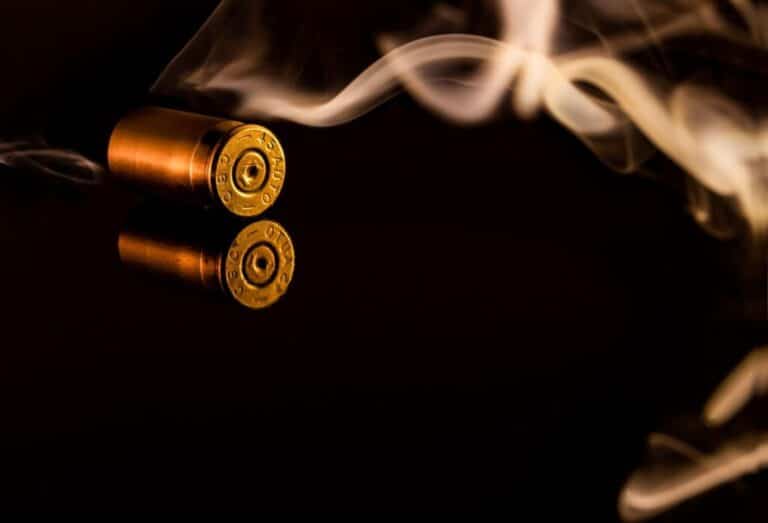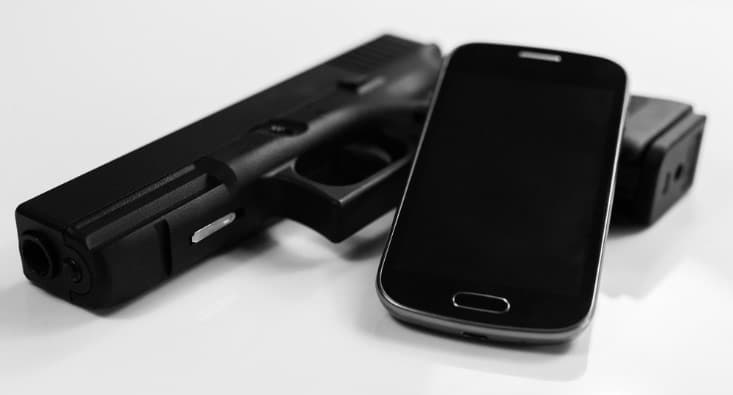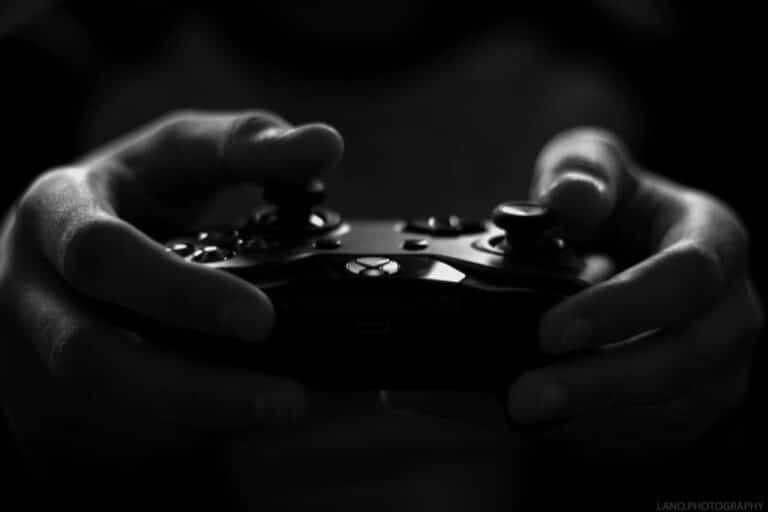Everything You Need to Know About Gun Protection Accessories
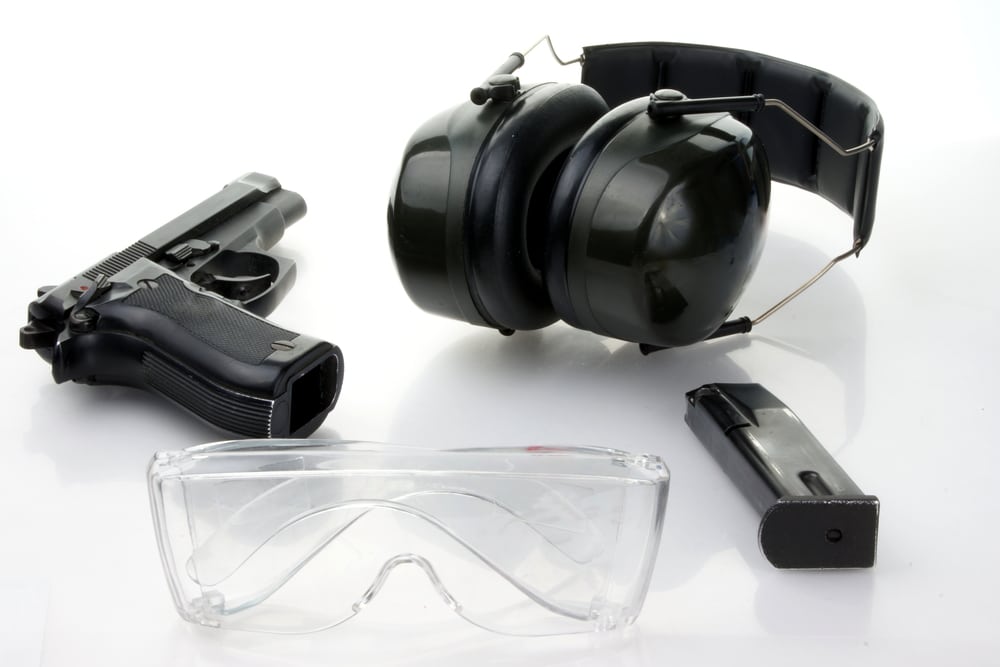
Proper vision and hearing protection is always necessary when shooting any sort of firearm – are you using the right gear to protect your eyes and ears?
Whether you spend the majority of your time at the range punching paper targets, sniping at steel gongs set out hundreds of yards away, moving with tactical precision during timed practical shooting events or taking to the field as a hunter each year, you’ll want to keep safety and firearm protection as the #1 priority at all times. Safety always starts with ensuring the proper handling of your firearms, but it also includes protecting yourself from potential accidents while in the field – especially those that can inflict damage to your eyes and ears. Let’s look at everything you need to know about glasses and ear protection for your next trip to a Las Vegas firing range.
WHY DO I NEED EYE PROTECTION WHILE SHOOTING?
Yes, the bullets are going the other way while shooting, but ricochets, unburned powder spray, errant birdshot, and even muzzle flash can cause damage to the eyes. Accidents happen more often than you might think while shooting, and safety glasses offer an element of protection that is an absolute must. After all, you only get one set of eyes – and they have to last you a lifetime.
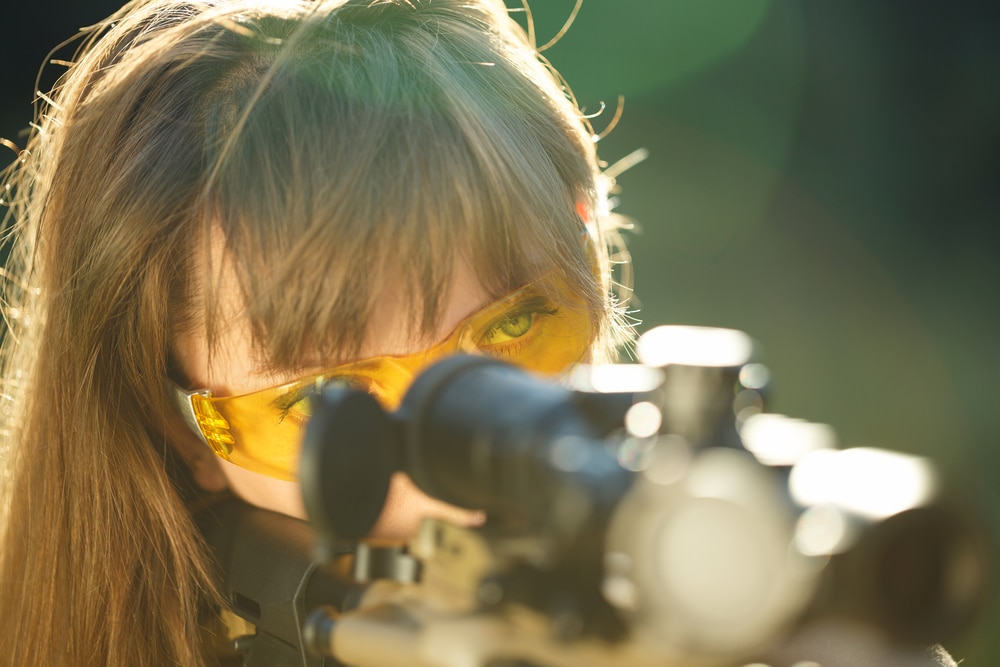
The best shooting glasses not only protect your eyes while firing, they can also help you locate targets more efficiently. Contrast is often enhanced when the shooter uses yellow-tinted lenses in their shooting glasses, as the white of the paper targets is tinted a yellow that stands out more effectively against the black rings on a standard target.
WHAT SHOULD I LOOK FOR IN TOP-QUALITY EYE PROTECTION?
First, check that the shooting glasses you’re looking at meet ANSI Z87 +1 standards. This will ensure adequate protection against flying debris. This specific standard requires conforming lenses to fully stop a quarter-inch steel ball traveling at 150 feet per second.
Beyond that, make sure your shooting glasses are:
-
Comfortable – you’ll want to wear them and will find an excuse not to if they are uncomfortable
-
Fit well enough to stay on while you’re on the move
-
Can be cleaned easily
-
Fit over your prescription eyewear, if you wear glasses
-
Are durable enough to withstand the bumps and scrapes of time in the field
Shooting glasses should feature wraparound lenses to ensure total protection and these lenses should be constructed of polycarbonate or impact-resistant plastic. These materials are scratch-resistant and less prone to shatter if hit with flying debris.
The final consideration is lens color.
Red: Hunters swear by red lenses
Amber or brown: Best for use on overcast days as they block out blue light and improve contrast.
Yellow/orange: best for shooting late in the day or in the early morning as they enhance the color range and make low-light shooting easier.
Clear: Best all-around option, especially if you shoot outdoors under fairly normal conditions.
Polarized: By reducing glare and maximizing contrast, polarizing lenses are terrific for dusk or dawn shooting.
WHAT ABOUT EAR PROTECTION FOR SHOOTING?
Protecting the eyes is a must, but so is muffling the sound of your gunshots. A typical shotgun generates about 140 dB of noise when firing a standard load, and that is enough noise to cause instant and permanent hearing damage. There are three ways gunfire can damage hearing:
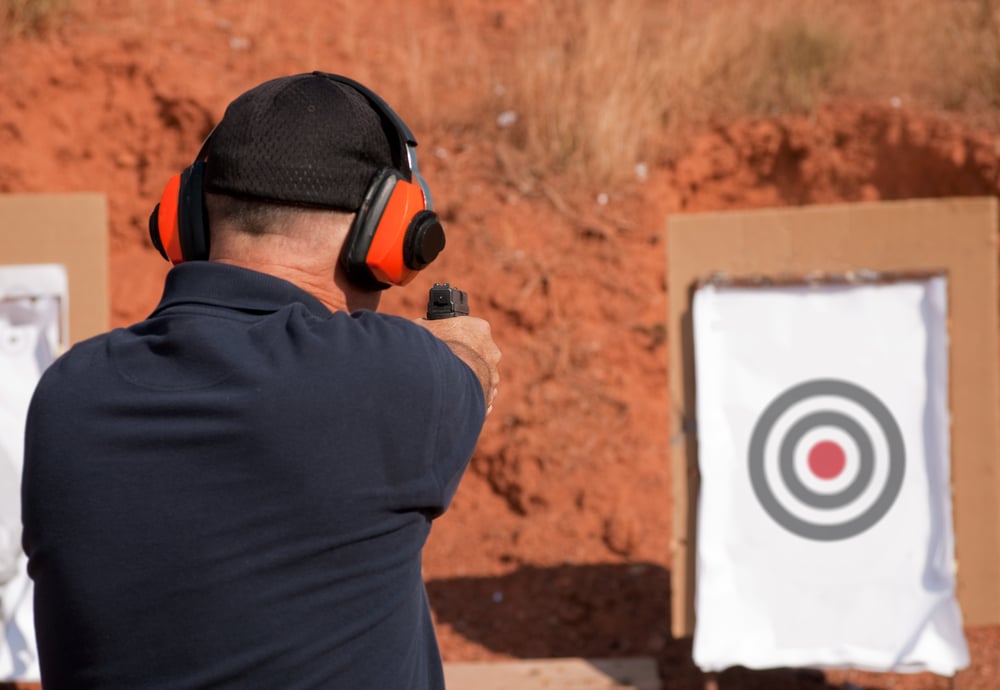
1. Frequency of the sound – how high or low the actual report is, measured in Hertz.
2. Intensity of the sound – how loud or soft the report of the gun is, traditionally measured in decibels (dB).
3. Duration – how long the ears are exposed to the report of the gun.
WHAT SHOULD I LOOK FOR IN TOP-QUALITY EAR PROTECTION?
Quality hearing protection should deliver a comfortable and safe shooting experience, but a few factors must be considered.
First, the noise reduction rating factor (NRR) is important. Properly fitted earplugs or earmuffs should reduce noise by at least 20 dB – the more the better. While guns can generate 140 dB of noise or more, not all of that is heard by the shooter – the barrel is pointed away from the shooter and directs some of the noise downrange. That said, a shotgun generates about 110-115 dB of perceptible noise, so a 30 dB-reduction puts the shooter in a safe range. 85 dB of noise exposure or less while wearing earmuffs is the goal.
Second, decide on the type of ear protection for shooting you want to wear. In-ear protection options are smaller, lightweight and inexpensive, but may not fit as securely as a good over-the-ear style. They also tend to fall out during a gun’s recoil movement – not something you want to happen. Some shooters, especially those who are firing repeated strings of magnum loads, choose to combine in-ear hearing protection with standard earmuffs. This delivers terrific hearing protection and ensures safe, comfortable shooting at all times.
Protecting your eyes and ears is a vital part of a safe shooting and gun protections philosophy. Visit The Range 702 today and experience the thrill of shooting a variety of unique firearms – all in the comfort of our state of the art range in the heart of Las Vegas. We offer the finest in eye and ear protection for all shooters at our range to ensure everyone enjoys a safe and thrilling experience.


